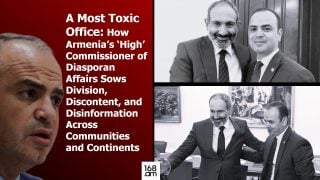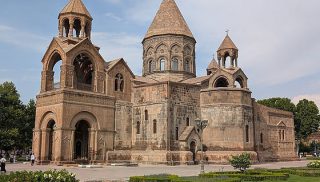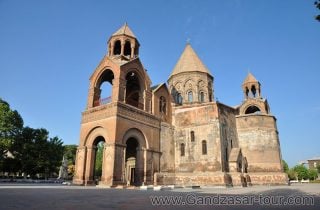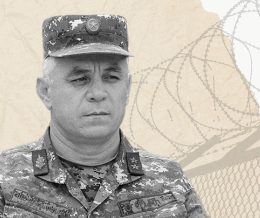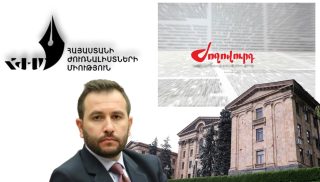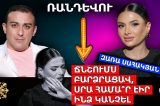
During my recent visit to the Gegharkunik region of the Republic of Armenia, the residents of the border villages expressed concern that as a result of the border demarcation process, their use of important pastures, grasslands and water resources has been rendered impossible
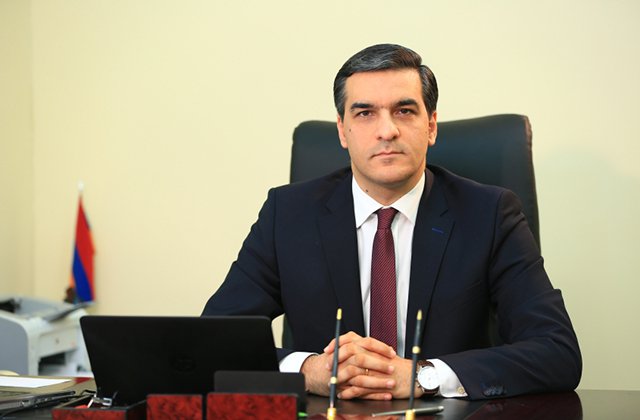
Our visits to Sotk, Norabak, Kut village and other villages of Geghamasar community of Gegharkunik region of Armenia, and our discussions with community bodies and residents confirm that the residents of the villages of this region have been engaged in agriculture for years and in particular mainly cattle breeding. These were the means by which the needs of their families were taken care of, and now the properties of these residents are endangered, hampering their economic opportunities and a host of other rights of Armenia’s villagers.
According to the villagers, more difficulties will arise especially in the Spring. The dangers are that due to customary habits over the years, there is a high probability that the cattle will cross over to the side under the control of Azerbaijan and will not be able to return. The villagers are informed that a case had already been registered when 34 horses had crossed into Azerbaijani territories which were not returned to them. They have also raised issues of their right to life and security.
This area has historically always been of great importance to both the Great and Small Al Lakes or Allagyol (located on the southern slopes of the Vardenis Range, North/West of the Syunik Plateau), as well as the pastures to those lakes. In particular, in the Spring season, cattle has been grazed by the villagers over the years, including in the pastures from Vardenis and the surrounding and adjacent villages to Al Lakes. In addition, the grasslands in those areas provided a significant amount of grass for livestock in the villages of Vardenis and Martuni regions.
The issues of ownership and use of Al Lakes were examined by the Commission for Investigation of Border Disputes between Armenia and Azerbaijan after the formation of the Transcaucasian Federation in 1923, in 1925, and again in 1927.
Archival documents show that the use of these areas, including pastures, was justified by Azerbaijan invoking the needs of the nomads of Kurdistan to use these areas.
Presidency of the Central Executive Committee (CEB) of Transnistria in 1929, at its February 18 session, discussed the issue of the pasture among other issues related to the border of the republics that were part of the Federation, wherein, it was decided to hand over the entire disputed territory to the province of Kurdistan.
One of the archival documents obtained by the Human Rights Defender of Armenia [which I am publishing] demonstrates that afterwards, in 1930, in a letter addressed on November 12, 1945 to the Central Committee of the Armenian SSR, the People’s Commissariat of the Republic sent a complaint that the relevant area was completely cut off from all of the border regions of Azerbaijan, and It is a continuation and an integral part of the Basargechar region. Further, that its rational use (grasslands and water) is connected with the villages of Basargechar region. ” Therefore, it was suggested that the Trans-Executive Committee mediate the issue further.
Moreover, it is interesting and quite telling that in the maps of the 1920s, the Al Lakes are an integral part of Soviet Armenia (I note them separately). For example, with this report I am publishing and referring to 1924 and 1926, where it is clear that the lakes were part of the Soviet Armenia (the map of 1926 was published in the Great Soviet Encyclopedia).
The use of these territories has always been linked to the rights of the inhabitants of those regions of Soviet Armenia, and above all, to their economic, property, family, physical security and other vital rights.
During the visits of the delegation led by the Human Rights Defender to the mentioned villages of Gegharkunik region, the villagers mentioned that problems related to these same rights have now arisen yet again.
All of this once again confirms that the process of determining the state borders of Armenia is directly related to and affecting the rights of the residents, and that any solutions should be based on professional approaches, on-site studies, and commission work. That is the only to proceed so as to ensure and promote the guarantee of human rights.
Arman Tatoyan
The Human Rights Defender of Armenia





